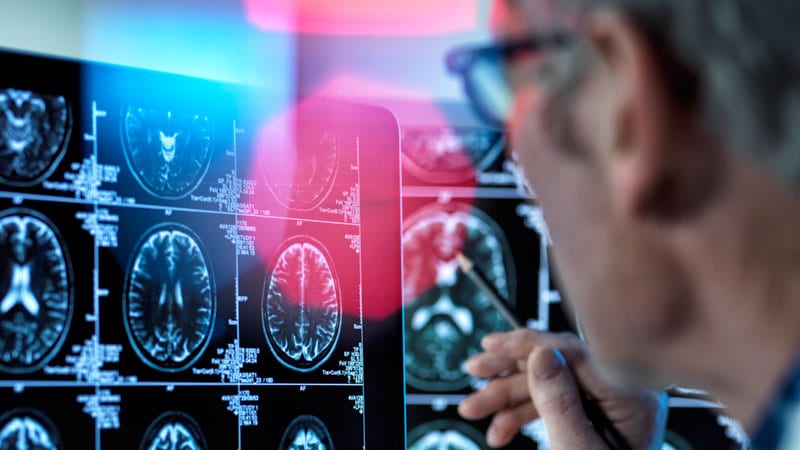Understanding Brain Activation in BD and BPD Treatment Response
The study delves into the specific brain regions involved in treatment response for bipolar disorder (BD) and borderline personality disorder (BPD). It highlights the changes in brain activation following psychotherapy and pharmacotherapy for both conditions, emphasizing the importance of targeted treatment. The blurred boundary between BD and BPD underscores the necessity of studying the relationship between these disorders to prevent misdiagnosis and ensure effective therapy. By utilizing activation likelihood estimation (ALE) and analyzing various studies, the researchers identified key brain regions affected by different treatments, offering insights into the neural mechanisms of BD and BPD treatment.
要約をカスタマイズ
AI でリライト
引用を生成
原文を翻訳
他の言語に翻訳
マインドマップを作成
原文コンテンツから
原文を表示
www.medscape.com
Predicting BPD vs Bipolar Treatment Response: New Imaging Data
抽出されたキーインサイト
by Batya Swift ... 場所 www.medscape.com 04-18-2023
https://www.medscape.com/viewarticle/990916
深掘り質問
